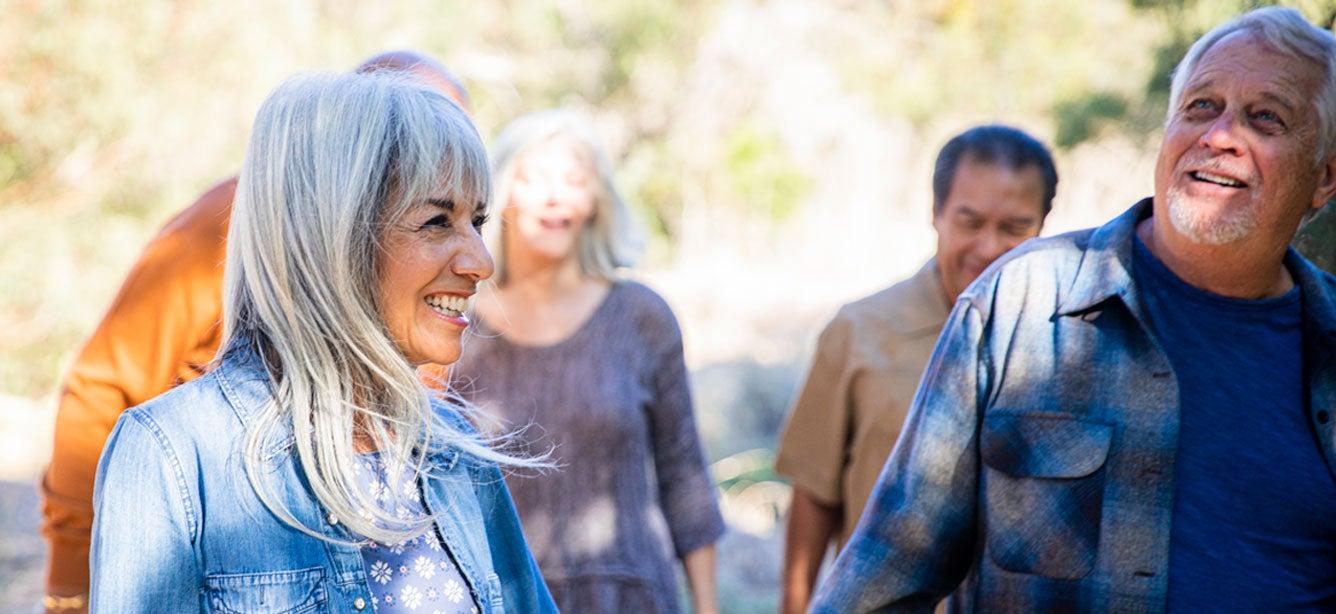
Related Topics
Staying active as we get older helps us stay connected to our community. And one of the best ways we can stay healthy and connected as we age is to prevent falls. You have the power to reduce your risk.
View and share this infographic that outlines six steps you or your loved one can take to prevent a fall.





